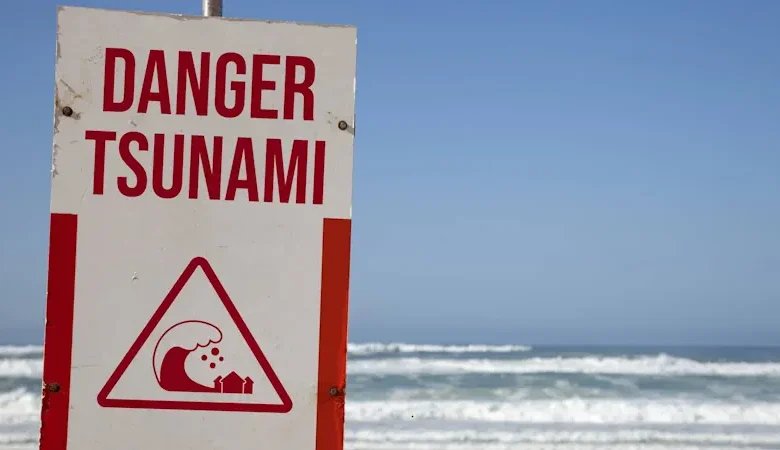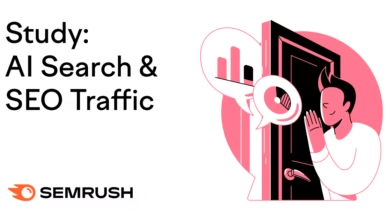AI Agents Avalanche Coming: Google Warns Websites to Brace for Traffic Tsunami

▼ Summary
– Google’s Gary Illyes warns of an impending surge in AI agents and automated crawlers that could congest the web.
– The strain on websites comes from data processing and indexing, not just crawling, debunking a common SEO myth.
– Google struggles to balance efficiency gains with increased demand from new AI products, creating a relentless cycle.
– Websites must fortify infrastructure, control bot access, optimize databases, and monitor traffic to handle the AI bot wave.
– Solutions like Common Crawl, which shares crawled data publicly, may help reduce redundant traffic in the future.
Google’s Gary Illyes has issued a stark warning: an impending flood of AI agents and automated crawlers threatens to congest the web. Speaking on the “Search Off the Record” podcast, Illyes stated, “everyone and my grandmother is launching a crawler,” driven by explosive growth in AI tools for content, research, and data scraping.
While the web can handle the load, Illyes emphasizes that unprepared websites won’t. The surge isn’t just from traditional search engines – it’s a wave of diverse AI bots. Crucially, Illyes debunks a common SEO myth: “It’s not crawling that is eating up the resources, it’s indexing and potentially serving or what you are doing with the data.” The real strain comes from processing, storing, and querying the data these bots collect.
Google’s Efficiency Battle (A Losing One?):
Google itself struggles to keep up. Despite significant efforts to reduce its crawler footprint (saving “seven bytes per request”), the launch of new AI products constantly adds back more demand (“eight bytes”). It’s a relentless cycle.
Website Survival Kit: What You MUST Do Now
Illyes urges immediate action:
- Fortify Infrastructure: Assess server capacity, CDN usage, and response times. Can your hosting handle 10x the bot traffic?
- Control Access: Scrutinize your
robots.txt. Block wasteful or malicious bots while allowing legitimate ones. Know who’s knocking. - Optimize Databases: Target “expensive database calls” – optimize queries and implement aggressive caching. This is the primary resource hog.
- Monitor Relentlessly: Analyze server logs to distinguish good bots, AI agents, and bad actors. Track performance impacts.
The Future: Share the Load?
Illyes points to models like Common Crawl (crawling once, sharing publicly) as a potential path forward to reduce redundant traffic. The AI bot wave is inevitable. Websites hardening their defenses now will weather the storm; those delaying risk being overwhelmed.






